Anushka
MD Program (MS4)
SAT : 1600 / 1600
AP Biology : 5 / 5
AP English Literature and Composition : 5 / 5
AP Physics : 5 / 5
AP Calculus : 5 / 5
AP English Language and Composition : 5 / 5
Complete Step 2 CK Online Course Review Includes
The Step 2 CK course review is designed to provide thorough and effective preparation. It includes complex clinical reasoning questions paired with detailed explanations, ensuring a deeper understanding of core concepts. Our content is based on the latest evidence-based clinical knowledge, offering you the most up-to-date material for the Step 2 CK exam.

Strengthen your ability to apply clinical knowledge to real-world patient scenarios with a targeted and engaging approach.
Streamlined course content highlights key clinical facts, ensuring an efficient and effective Step 2 CK preparation.
Comprehensive visuals improve clarity and deepen understanding of medical concepts and clinical decision-making.
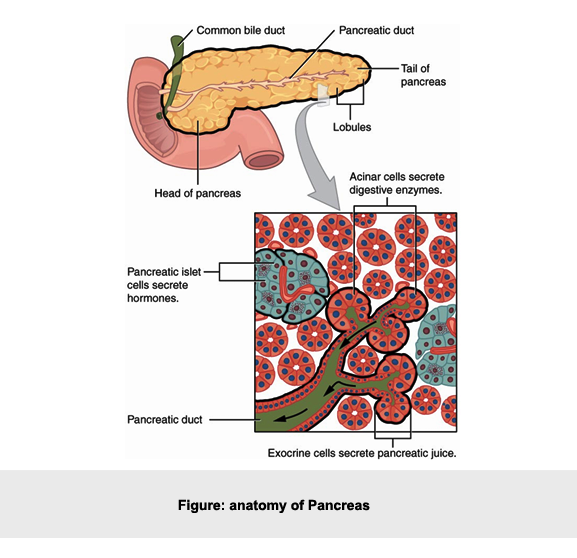
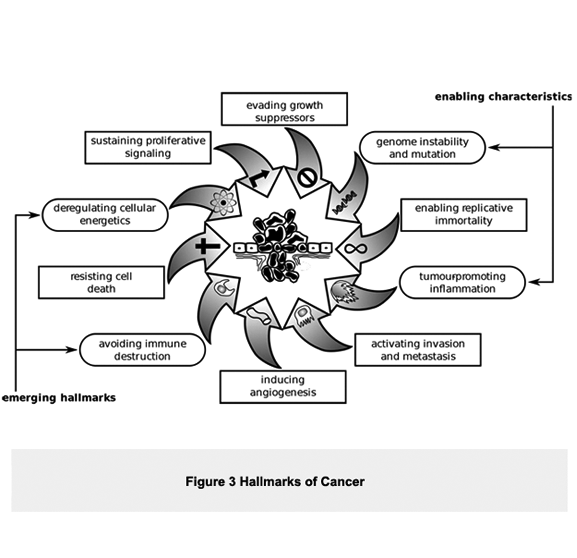
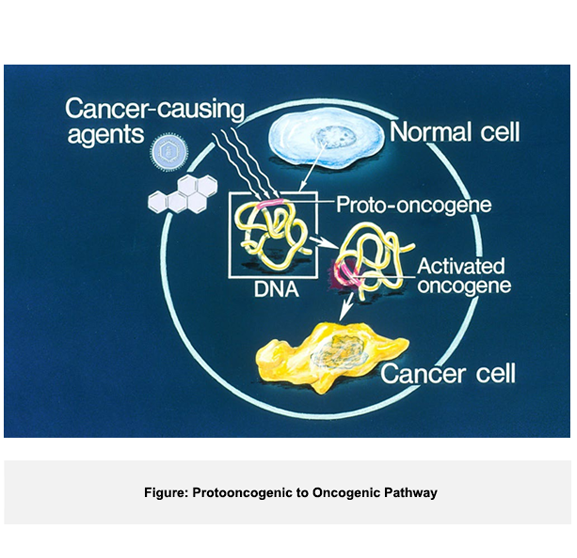
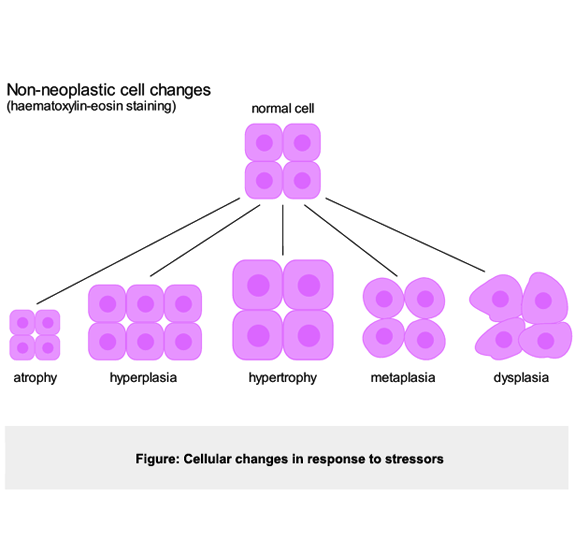
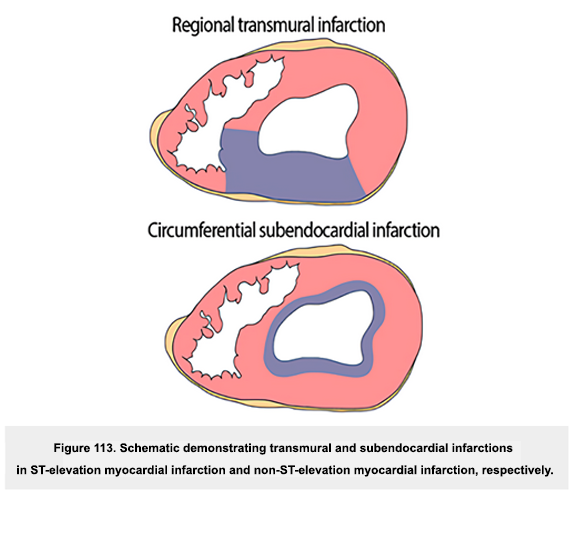
Our Step 2 CK course offers a robust study plan tailored to help you succeed. With a focus on complex clinical reasoning questions, it challenges your understanding while providing detailed explanations for every concept.
The course material is rooted in the latest evidence-based guidelines, ensuring you're prepared with the most current knowledge. This review is designed to build both your clinical skills and confidence, making sure you’re ready for the exam.
Why UMock
Our Step 2 CK course offers a comprehensive study plan designed for success.
It features challenging clinical reasoning questions with detailed explanations, all based on the latest evidence-based guidelines to ensure you’re up-to-date with current medical knowledge.
This course is crafted to strengthen both your clinical skills and exam confidence.
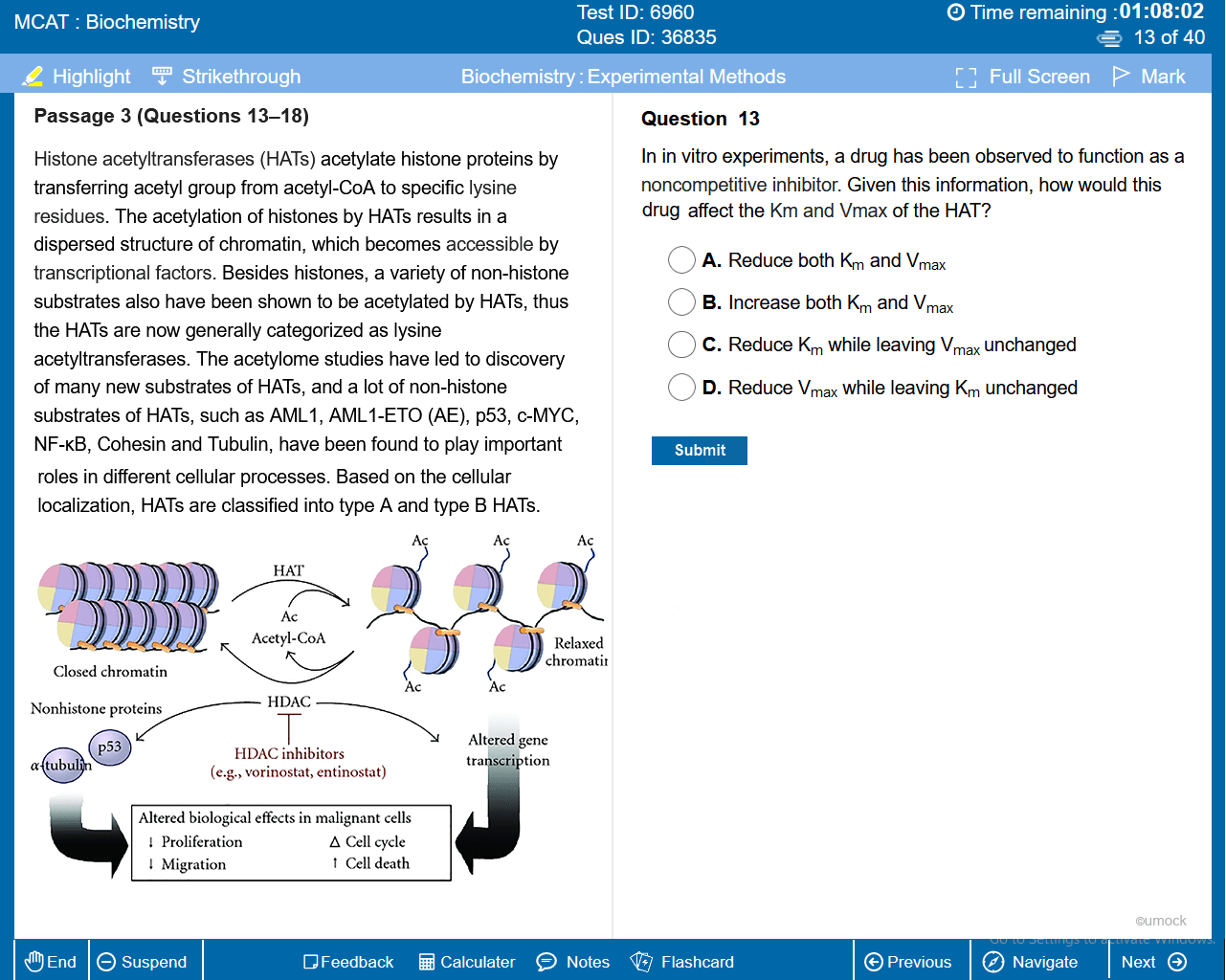
The team behind UMock Step 2 CK with Perfect scores

Anushka
Harvard Medical School
Hematology/Oncology (MD)

Anjali
New York University (NYU)
OB-GYN (MD)

Casey
Neurologist (MD)

Mike
Orthopedic Surgery (MD)
Each subject review was written by students from Yale University with perfect exam scores. Each subject is condensed into an exceptionally easy-to-learn format with engaging content to more effectively retain concepts.
Perfect Score
Anushka Walia graduated magna cum laude from Yale University with a B.S. in Molecular, Cellular, and Developmental Biology in 2021. She is currently a fourth-year student at the University of California San Francisco School of Medicine (UCSF). She received perfect scores on the MCAT (528/528) and SAT (2400/2400), and has extensive experience tutoring students for the MCAT, SAT, and AP exams. During college and medical school, she conducted genetics research and was the recipient of multiple research fellowships. During high school, she was a two-time finalist (top 20) in the U.S. National Chemistry Olympiad and was one of 80 students worlwide selected to attend the Research Science Institute (RSI) at MIT. In her free time, Anushka enjoys cooking, reading fiction, and playing with her two dogs.
Scores:
Perfect Score
Anjali Walia graduated magna cum laude from Yale University with a B.S. in Molecular, Cellular, and Developmental Biology in 2021. She then went on to attend the University of California San Francisco (UCSF) School of Medicine, where she is a 4th medical student year student. During college and medical school, she conducted research, primarily focused on Obstetrics & Gynecology, that has been published in several journals. She is passionate about education and teaching, and has significant experience tutoring students for college exams, as well as standardized tests like the SAT and MCAT. In her free time, Anjali enjoys poetry, yoga, cooking, and exploring San Francisco.
Scores:
Perfect Score
Casey Vickstrom graduated summa cum laude from Northwestern University in 2014 with a B.A. in Biological Sciences. He is a third-year medical student in the MD/PhD program at the Medical College of Wisconsin, having completed his PhD in Neuroscience in 2020. His research focused on neural circuits and endocannabinoids related to anxiety and depression. He aims to study mechanisms of neurological diseases to identify new therapeutic targets. Casey has extensive tutoring experience for Step 1 and plans to pursue a career in neurology or related specialties. In his free time, he enjoys skiing, soccer, and spending time with family, friends, and his dog.
Perfect Score
Concepts and principles that accurately correspond to the test plan
Every topic presents information essential for answering tough questions
Save time studying content written for exactly what you need to know